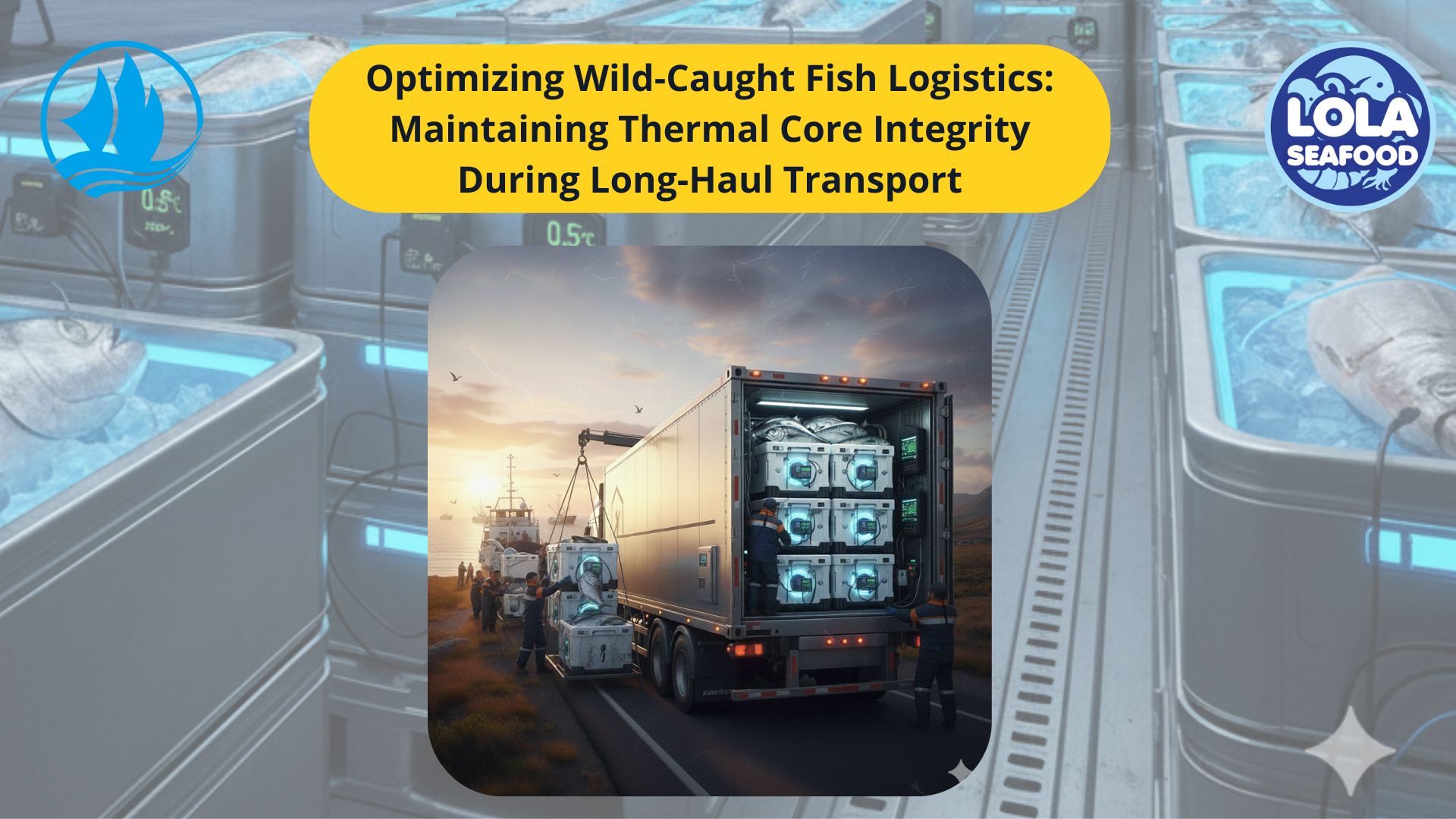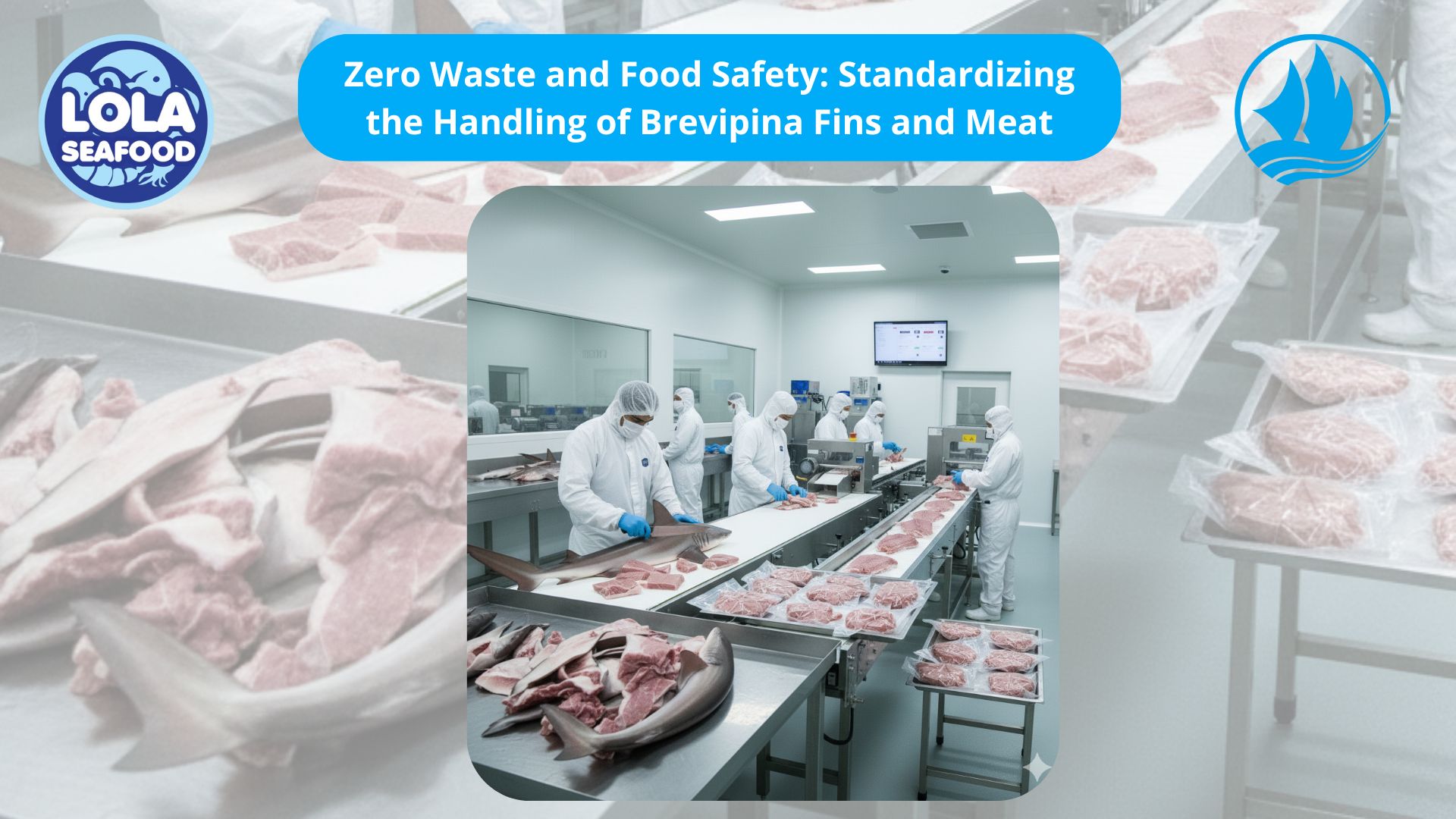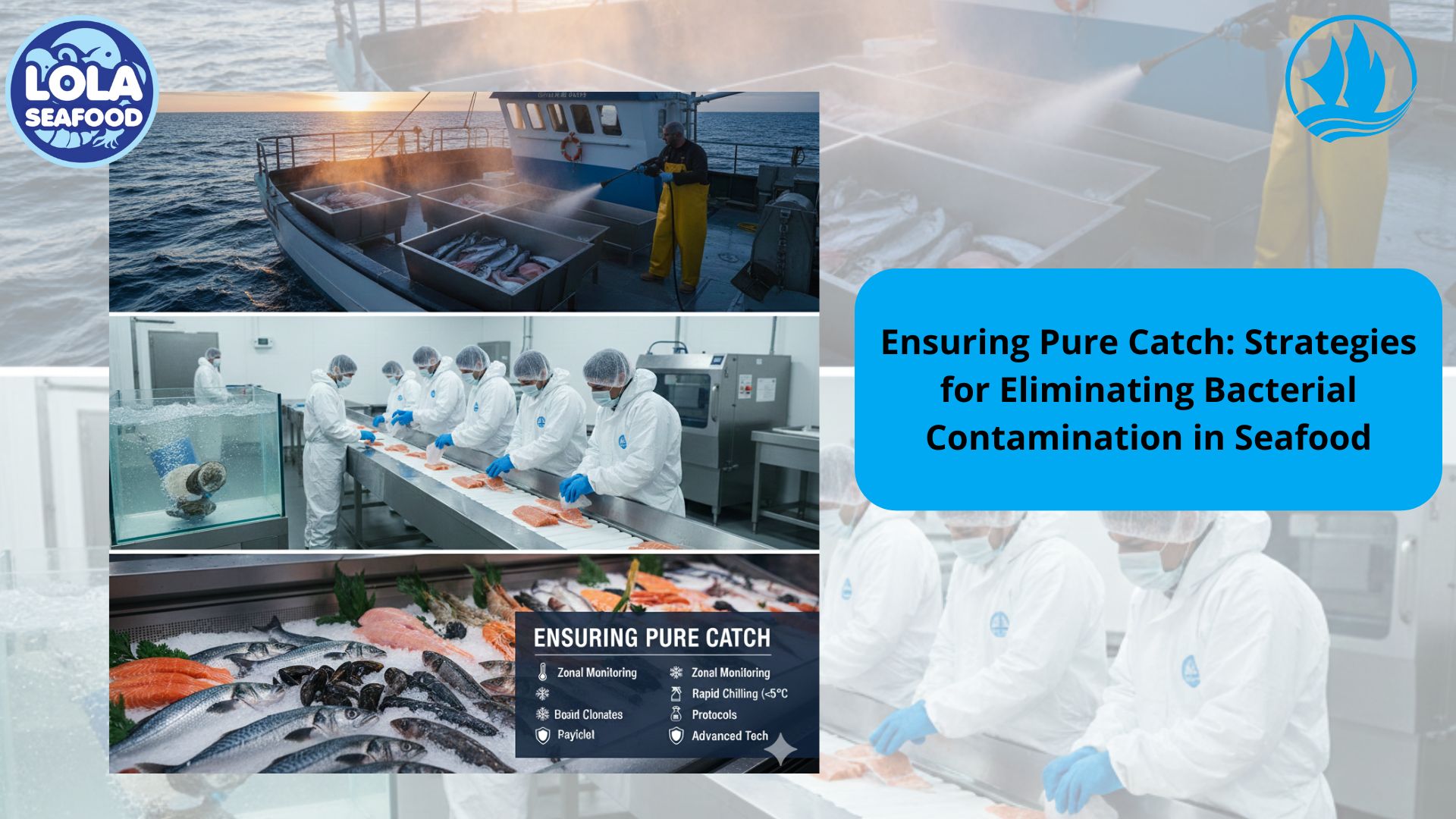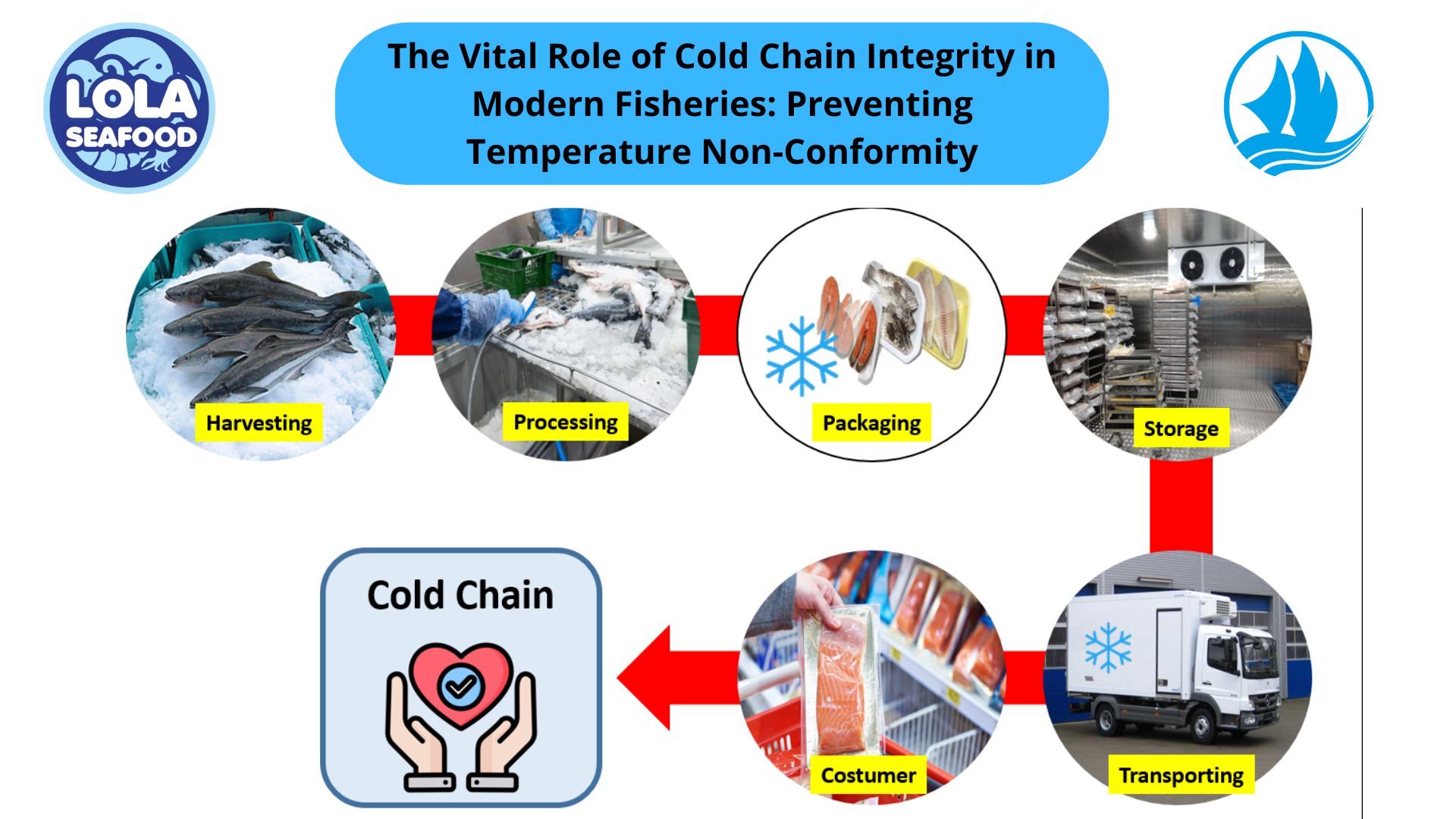THE REEFER CONTAINER (Part 1)
By. Najih - 26 Mar 2024.jpg)
The reefer container can keep the goods at a constant temperature and is therefore intended for the transport of refrigerated goods and frozen products. The major difference between normal dry containers and reefer containers is that the temperature conditions controlling system is available in reefer containers. General cargo containers are very useful when used in transportation of consumer goods that do not require special conditions.
A reefer container can cool in different zones, part of the container can for example ensure cooling of 5° C, while other areas are for goods that require -18° C. The temperature can be set between -30° C and + 30° C. What kind of goods should be shipped with reefer containers?
- Fresh vegetables and fruits
- Frozen Vegetables and fruits
- Fresh fish
- Frozen Fish
- Other Foodstuff: Chilled and frozen meat, milk and dairy products, margarine, egg, juice and concentrate, chocolate, butter etc.
Reefer containers come in different measures and specifications. Most of them are manufactured according to the International Organization for Standardization (ISO) standards. Nevertheless, some reefer specifications may vary depending on the manufacturer and container age.
|
Measurement |
20ft Reefer |
40ft Reefer |
40 High Cube Reefer |
|
Internal length |
17.9 ft / 5.44 m |
37.9 ft / 11.56 m |
38.0 ft / 11.59 m |
|
Internal width |
7.5 ft / 2.29 m |
7.5 ft / 2.28 m |
7.5 ft / 2.285 m |
|
Internal height |
7.5 ft / 2.27 m |
7.4 ft / 2.25 m |
7.9 ft / 2.40 m |
|
Tare weight |
3,080 kg / 6,790 lbs |
4,800 kg / 10,584 lbs |
4,600 kg / 9,880 lbs |
|
Payload capacity |
27,400 kg / 60,417 lbs |
27,700 kg / 61,079 lbs |
29,500 kg / 65,036 lbs |
|
Cubic capacity |
999 cu ft / 28.3 m³ |
2,093.3 cu ft / 59.3 m³ |
2,366 cu ft / 67.0 m³ |

Optimizing Wild-Caught Fish Logistics: Maintaining Thermal Core Integrity During Long-Haul Transport
.jpg)



.jpg)

 and Employee Productivity on the Demersal Fish Processing Floor.jpg)
